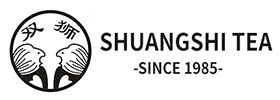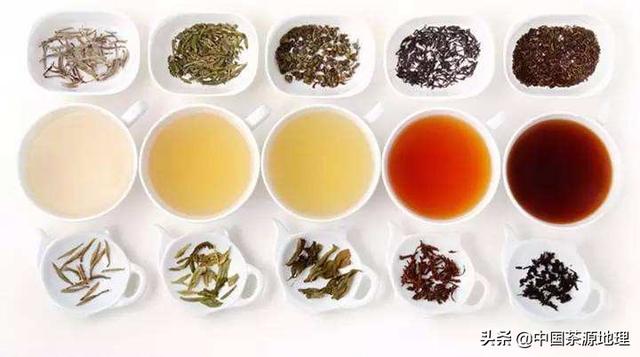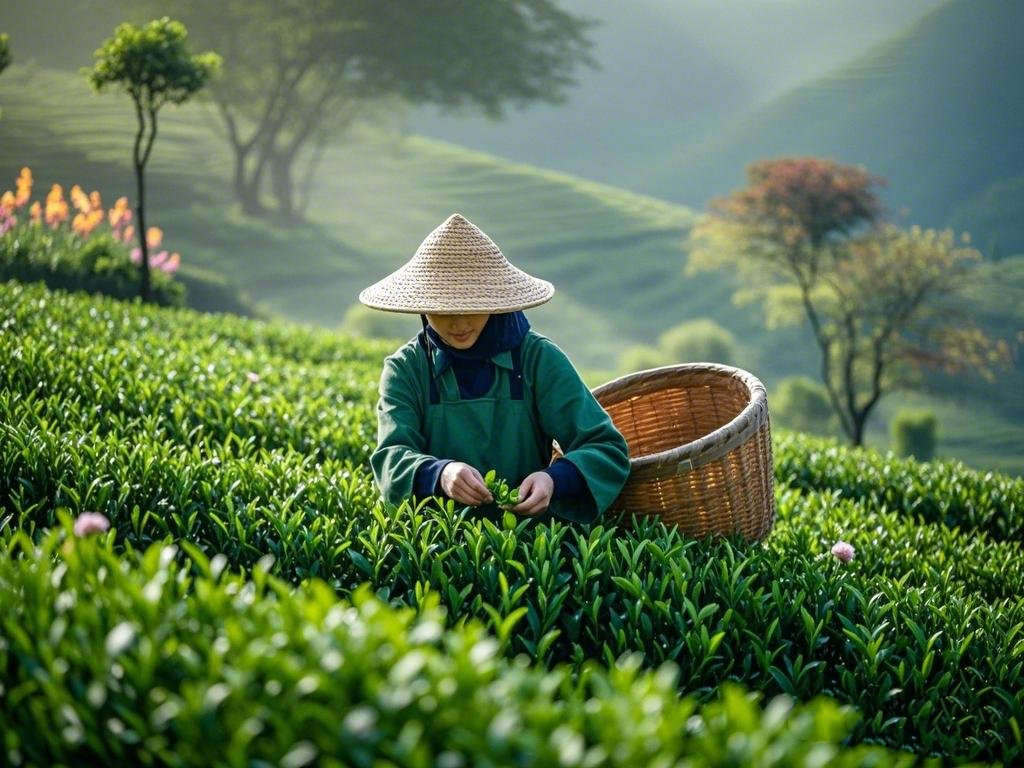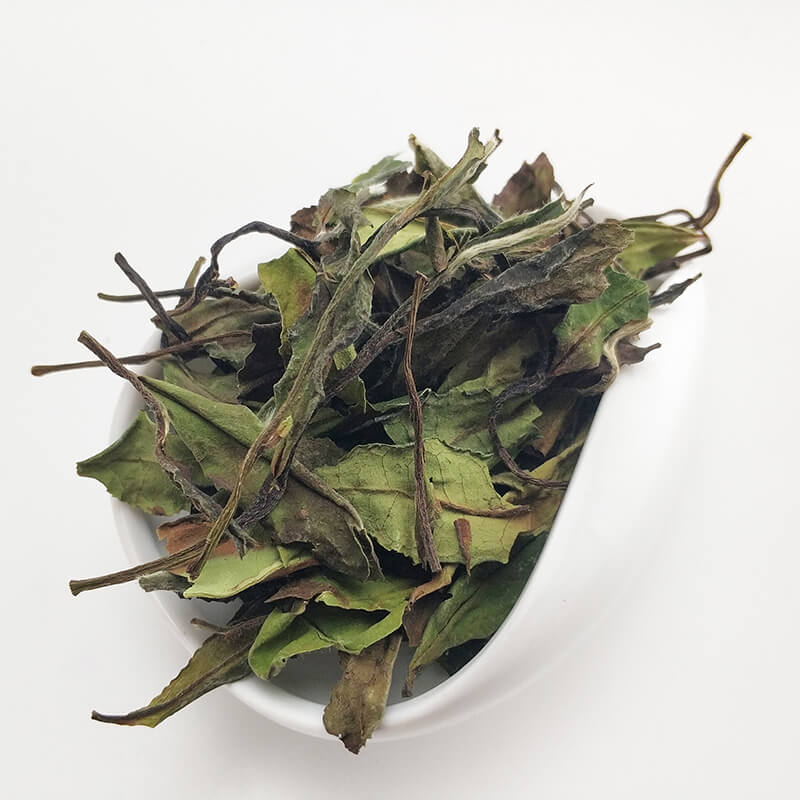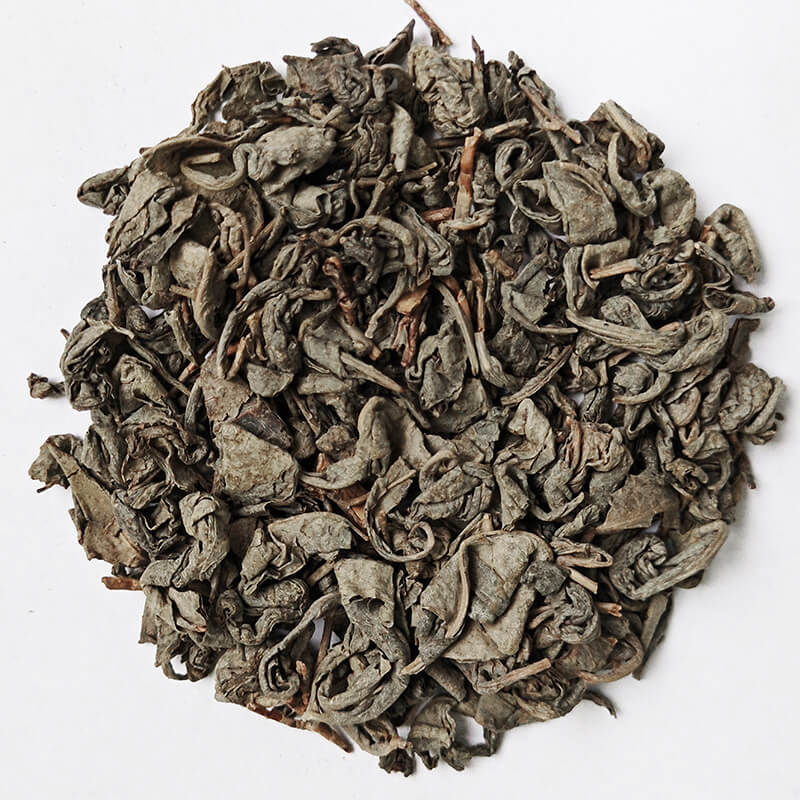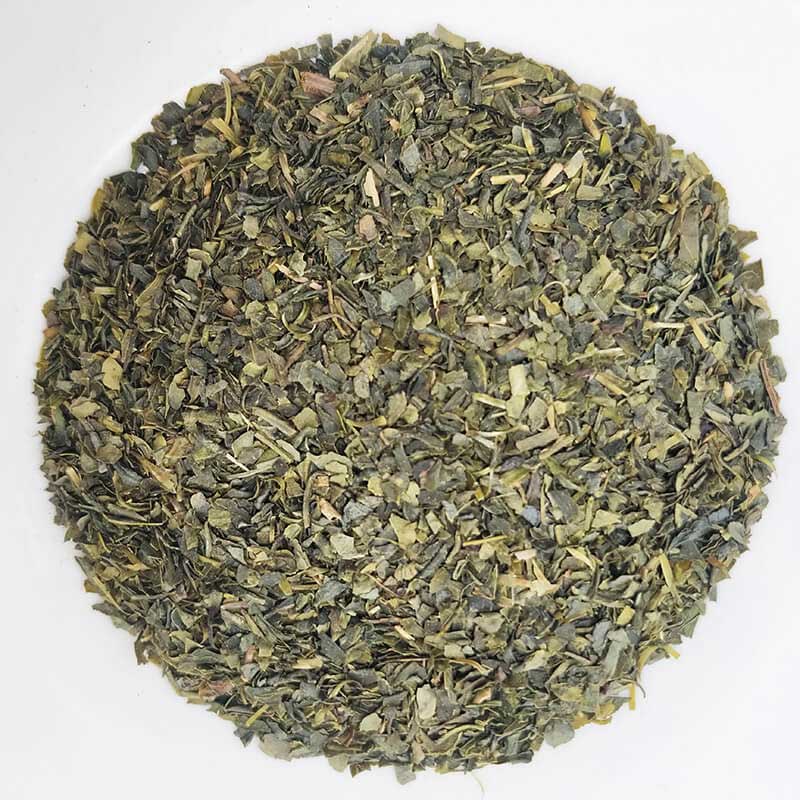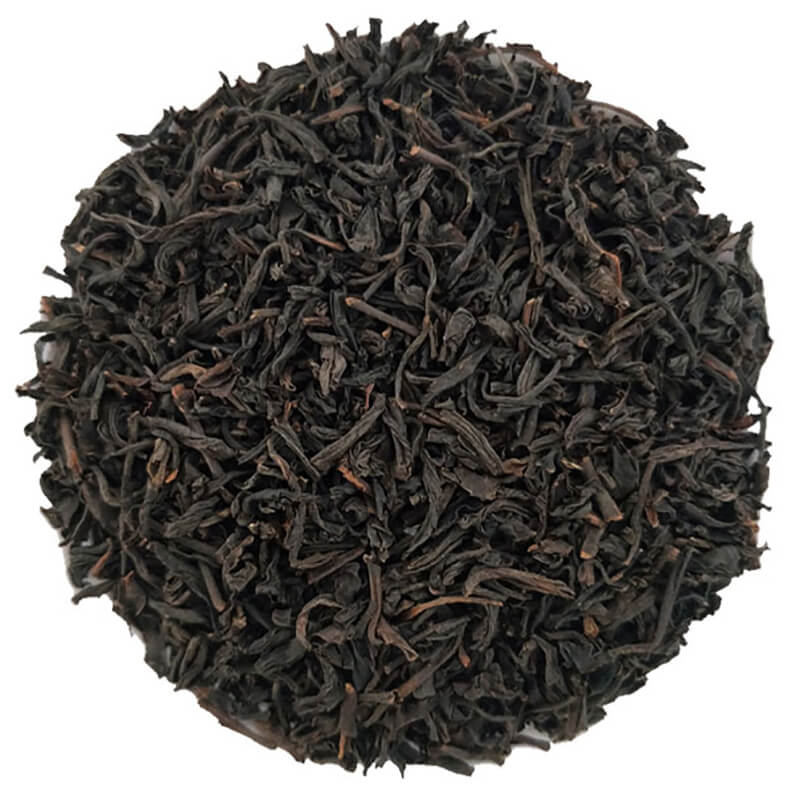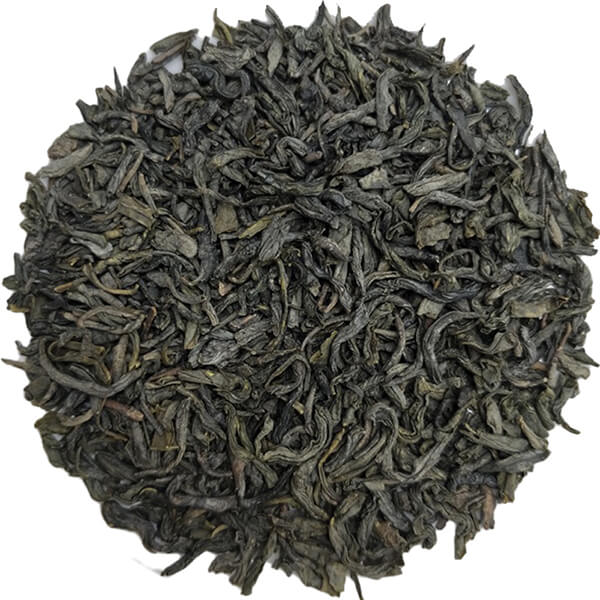The global organic tea market has witnessed transformative shifts in 2024, with China emerging as a pivotal player in the organic green tea export sector. Driven by evolving consumer preferences for health-centric products and sustainable agricultural practices, China’s tea industry has strategically aligned itself to capitalize on these trends, solidifying its position in the international market. This report delves into the growth drivers of China’s organic green tea exports and analyzes the broader trends shaping its tea market.
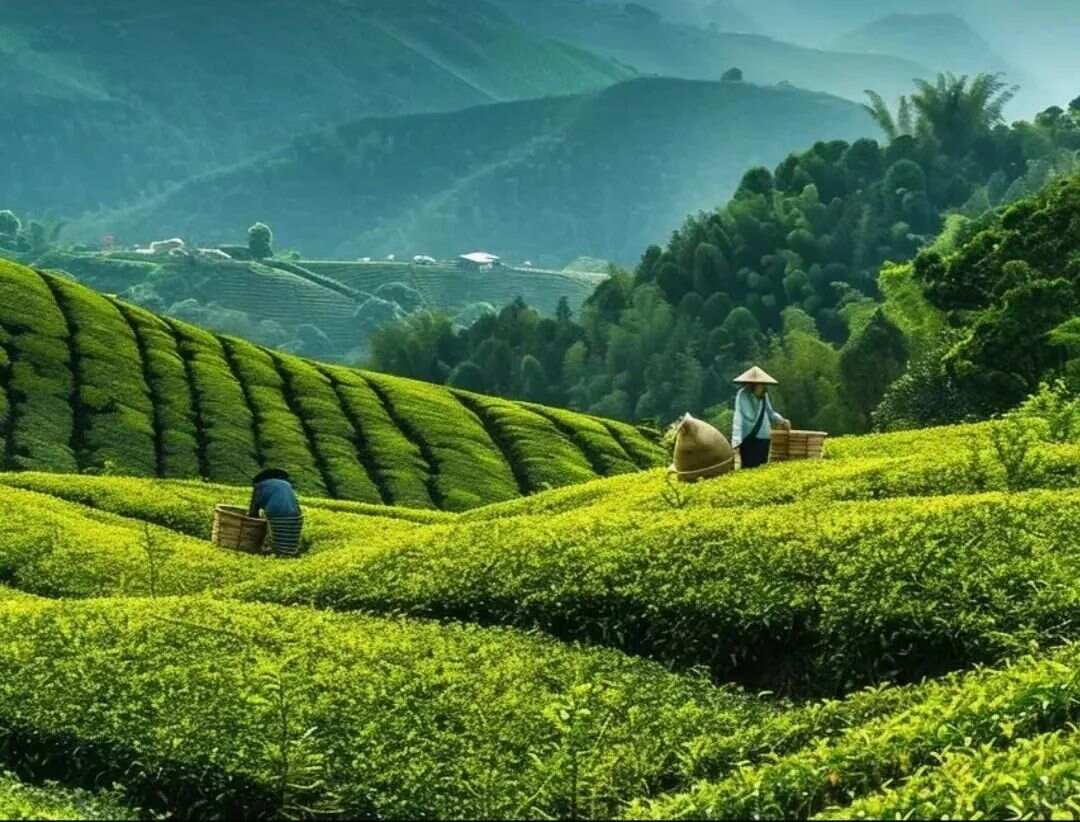
Global Organic Tea Market Overview
The demand for organic tea continues to surge globally, fueled by heightened awareness of environmental sustainability and health benefits. According to industry analyses, the global organic tea market is projected to grow at a compound annual rate of 8.2% from 2024 to 2030. Key markets such as the U.S., Germany, and Japan have reported significant increases in organic tea consumption, with green tea variants leading the charge. Notably, the U.S. saw a 15% year-on-year rise in organic green tea imports in 2024, while Japan’s tea culture-driven market has prioritized premium organic blends.
China, as the world’s largest tea producer, has capitalized on this momentum. Its organic green tea exports grew by 12% in 2024, outpacing traditional black tea markets. This shift reflects both strategic policy interventions and innovations in production and branding.
China’s Organic Green Tea Export Growth Drivers
1. Policy Support and Quality Standards
China’s tea industry has benefited from robust governmental policies aimed at modernizing agriculture and enhancing export competitiveness. In 2023, the Export Tea Quality and Safety Control Standard was implemented, ensuring stringent compliance with international regulations, particularly in the EU and North America. Provinces like Hunan and Fujian introduced subsidies for organic certification, reducing costs for small-scale farmers. Additionally, initiatives such as the “One Belt, One Road” trade framework have opened new corridors for tea exports to Russia, the Middle East, and Southeast Asia.
2. Consumer Trends: Health and Sustainability
Global consumers increasingly prioritize products with transparent supply chains and eco-friendly credentials. China’s organic green tea producers have responded by adopting blockchain technology for traceability and investing in carbon-neutral farming practices. For instance, Zhejiang Province’s Longjing (Dragon Well) tea farms reduced chemical fertilizer use by 40% in 2024, aligning with EU organic certification requirements. This has strengthened trust in Chinese brands like West Lake Longjing and Huangshan Maofeng, which dominate premium markets.
3. Market Diversification and Branding
While traditional markets such as Japan and the U.S. remain critical, Chinese exporters are targeting emerging economies. Africa and South America, where tea consumption is rising alongside middle-class expansion, accounted for 18% of China’s green tea exports in 2024. Concurrently, companies like COFCO Tea and China Tea Co., Ltd. have leveraged digital platforms to rebrand organic tea as a luxury wellness product, partnering with influencers to reach younger demographics.
Challenges and Competitive Landscape
Despite growth, China faces challenges. Stiff competition from India’s Darjeeling organic teas and Sri Lanka’s Ceylon variants has pressured pricing strategies. Moreover, geopolitical tensions and tariffs in Western markets necessitate agile trade policies. Domestically, fragmented smallholder farms hinder economies of scale, though consolidation efforts in Yunnan and Fujian are addressing this issue.
Future Outlook
The intersection of technology and tradition will define China’s organic tea trajectory. AI-driven precision agriculture, coupled with cultural exports like tea ceremony tourism, positions China to capture 35% of the global organic tea market by 2030. Furthermore, the rise of functional teas (e.g., antioxidant-rich matcha blends) offers new export niches.
In conclusion, China’s organic green tea sector thrives on policy agility, quality innovation, and strategic market expansion. As global demand for sustainable and health-oriented products accelerates, China is poised to reinforce its leadership, transforming “Chinese tea” from a commodity into a premium global brand.
Keywords: Organic Green Tea Export, China Tea Market Trends, Sustainable Agriculture, Global Tea Trade.
